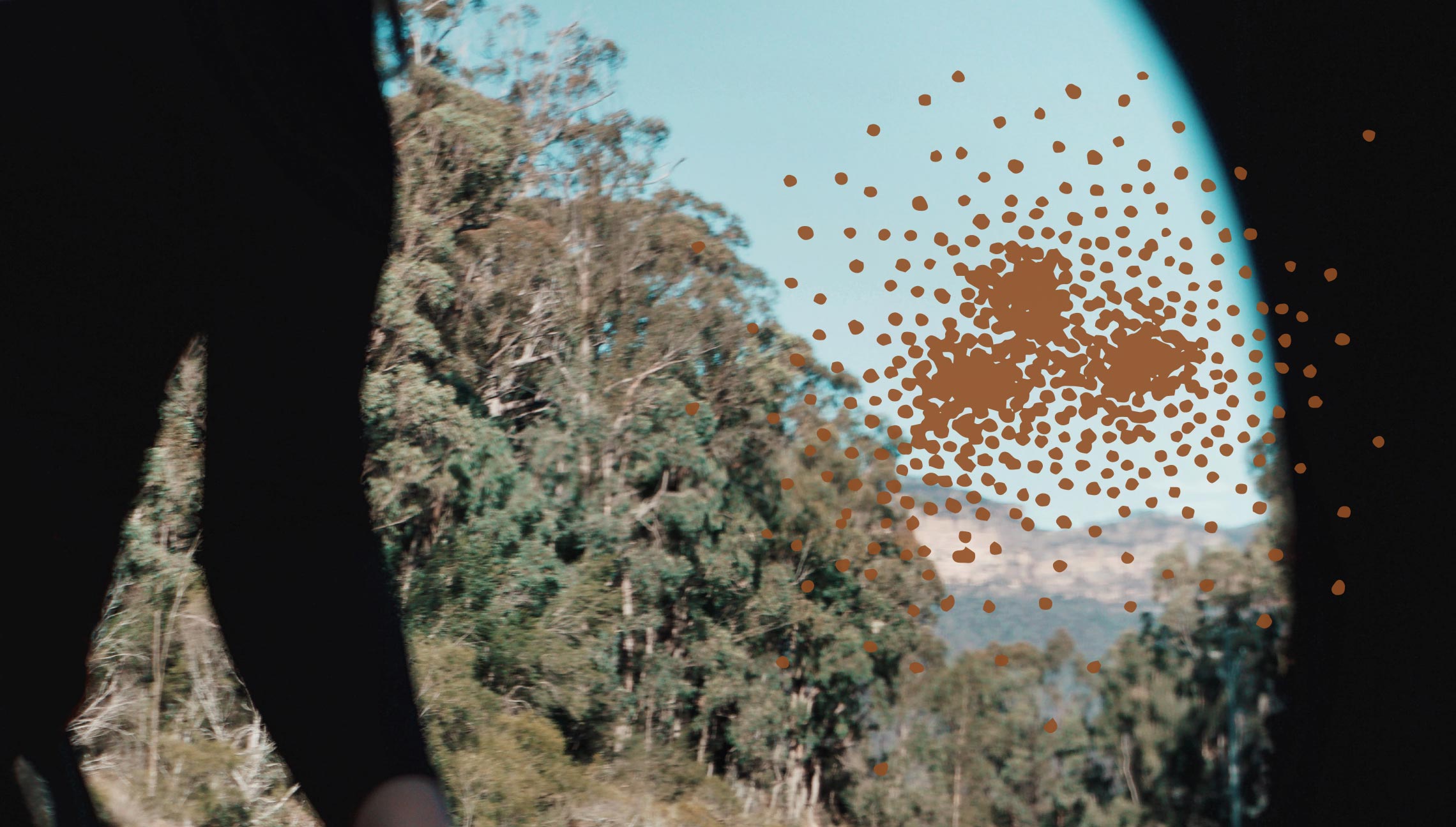What is #3Aihomework? In 2020, 3Ai is excited to be back in the classroom with a new cohort of Masters students, teaching a new branch of engineering into existence.
How would you like to play along at home? We are trying something different this year and giving you a little glimpse of life as a 3Ai student. And that means… homework! (disclaimer: don’t worry, you’re not being assessed). During the semester we will share with you a sample of what we are reading, a snapshot of the influences and discussions shaping 3Ai. This will match up with the fortnightly themes of our program.
In Semester One, students are undertaking two courses:
-
Question Framing, within which students engage with perspectives from a wide range of disciplines to frame critical and constructive questions about cyber-physical systems; and
-
Build, where students learn to create cyber-physical systems in collaborative teams with an explicit awareness of the environmental, social, and technological contexts that their systems could eventually exist within.
Like you, our students will be learning from home as the 3Ai Masters Program will be delivered exclusively online starting Monday 23 March, for at least the remainder of the term. Staying connected but keeping apart!
Your resources for Theme Two:#
In Theme Two in Question Framing, our students learned about systems by taking them apart. As we physically deconstruct a system it draws our attention to the infrastructure and resources that make it up. We asked questions like: What physical parts make a cyber-physical system? What are some different ways to take a system apart? How might you decide which approach to use? How might you document and communicate that display to an audience?
Here are some of the readings that our students explored this fortnight:
-
Douglas Engelbart & William English (1968) The mother of all demos. Keynote.
-
Grace Hopper (1983) Admiral Grace Hopper explains the nanosecond. Short explainer. (She explains in more detail in a full-length lecture at MIT Lincoln Laboratory in 1985. Lecture.)
-
Brendan Traw & David Aucsmith (1999) Content protection for transmission systems. US Patent 5,949,877. Patent.
-
Nadia Eghbal (2016) Roads and bridges: The unseen labour behind our digital infrastructure. History and background of digital infrastructure. Pp 1–36. Research report.
-
Kate Crawford & Vladan Joler (2018) Anatomy of an AI system. Artwork.
In Theme Two in Build, the goal was for our students to understand how sensor data is gathered and to question the accuracy and integrity of the process and the data itself. Readings in Build included:
-
AdaFruit Circuit Playground Express Guided Tour. Guide.
-
Circuit Python Made Easy. Guide.
-
Overview: AdaFruit PM2.5 Air Quality Sensor. Product Overview.
-
Purple Air FAQ.
-
Health Advice for Smoky Air.
-
AIR-EIA: Air pollution and environmental impact assessment — units of measurement. Information source.
-
Melissa Miles, The Camera is God: Photographer Trent Parke grapples with an impossible humanism. The Conversation, 2 December 2015. Article.
Our students’ exploration into data started with temperature data: when is it reasonable (or not), when is it useful, when is it misleading, and what might this mean for a distributed sensor network. In the lead up to exploring the recent tragic bushfire events in and around Canberra, our students also looked into air quality measurements and sensors. We rounded out the topic by exploring how knowledge of sensors and sensor networks can present unexpected opportunities and challenges.
Happy reading/watching/exploring!
All of our materials strive to reflect a variety of voices and perspectives, to in turn reflect our diverse cohort. Our 2020 cohort come from a range of countries, including Nigeria, the United States, Nepal, Mexico, India, Iran and Australia; a range of disciplines, including law and policy, economics, computer science and machine learning, biology, music, you name it; and are diverse in gender and ethnicity.
Want more?
Some of the #3Ai2020cohort have been blogging their progress, reflecting on the resources and their learnings in the 3Ai Masters Program. This fortnight, you can check out Lorenn’s insightful reflection: Taking things apart — to what end?

